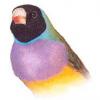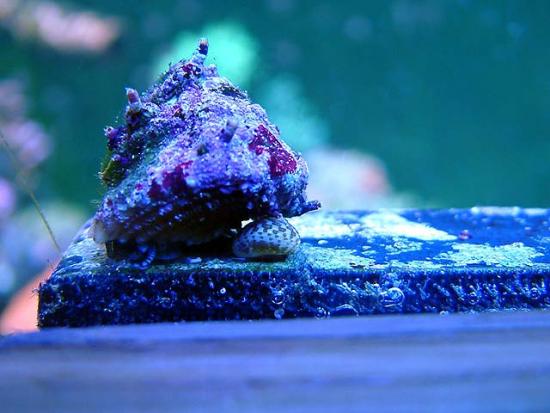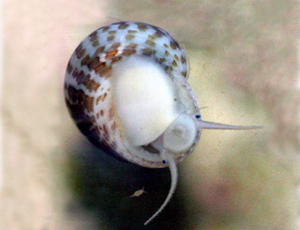Search the Community
Showing results for tags 'reef safe'.
-
Hi Guys! Was thinking of having a black PVC overflow. Was thinking of painting the PVC with reef safe paint. Have anyone tried it? Or does anyone here have used any reef safe Black PVC pipes? If so, any complaints and where can i get them? Was thinking 4-5 inches. Really appreciate if yo guys can help! Cheers
-
Another recent posting in our forum prompted me to start an article on the wonderful helpers in my tank. Most reefers will think on Astrea, Turbo, Tronchus snails they need some reef-safe algae grazers for their tank. However I would like to take this opportunity to share about the collonista snails. Classification: Biota > Animalia (Kingdom) > Mollusca (Phylum) > Gastropoda (Class) > Vetigastropoda (Subclass) > Phasianelloidea (Superfamily) > Colloniidae (Family) > Colloniinae (Subfamily) Species: Collonista amakusaensis Habe, 1960 Collonista arsinoensis (Issel, 1869) Collonista costulosa (Sowerby II, 1886) Collonista are sometimes called "mini-Turbo snails" this is because they resemble the smaller form of the common Turbo snails.They reach a maximum adult size of about 6 mm in height and diameter but many stays smaller than 3mm even as adult. They are often tan to white and have mottled brown color patterns on the shell. They can be distinguished from all other Trochoideans by their small size and the presence of a small pit or hole in the center of the calcareous operculum that plugs the aperture. They reproduce well in aquaria, and are quite good grazers. If present in large numbers, they may effectively replace all other grazers in our systems. I have never seen these snails sold in LFS but commonly hitchhike on quality live rocks. According to WoRMS, C. arsinoensis are found in found in the Red Sea but nothing was mentioned about the other 2 species. I am not sure where my collonista are from and neither am I able to positively ID them. As such I shall use their Genus name herewith. My first encounter with collonista was 2 years ago when I visited a reefer with a very successful nano reef tank. Due to his tank size, he did not keep the usual snails that we commonly kept. However, his tank was kept algae free with the help on these snails. It took me a lot of persuasions before he is willing to part with a few of his precious gems. Herewith is a photo by Marc Levenson showing the Collonista right below its larger cousin Another photo of Collonista by Renee Coles-Hix Collonista feeds on algae films and diatoms. And are considered reef safe by many reefers, I too have never witness them feeding on any corals in my tank or have they disturbed my clams. Although some will be active during the day, most will comes out at night and actively graze on rocks and glass. I have also seen them feeding on detritus caught on the grating of my wave-makers. Collonista will readily breed in captive aquaria once the conditions is right for them. I have never tried to determine their gender but I have seen to snails coming together in a "compromising" position. They will reproduce to a reasonable size in due time. However, I feel that they are limited by food and therefore will not reach plague proportion (At least it has not happened to me of any literature I have researched so far). I am happy with these snails and does not intend to add any other species of snails in my tank for the time being. I truly hope that these tiny, hard working and reef safe snails will be appreciated just like their larger cousins. Happy Reefing, Joseph Tan Marine Aquarist Society (Singapore) UEN: T08SS0098F Facebook Group: http://www.facebook....gid=34281892381 Source: http://www.marinespecies.org/index.php http://www.gastropods.com/ http://www.melevsreef.com/ http://www.aquaticco.../Collonista.php http://reefkeeping.c...05/rs/index.php http://www.seahorse..../cucbasic.shtml This post has been promoted to an article This post has been promoted to an article
- 11 replies



